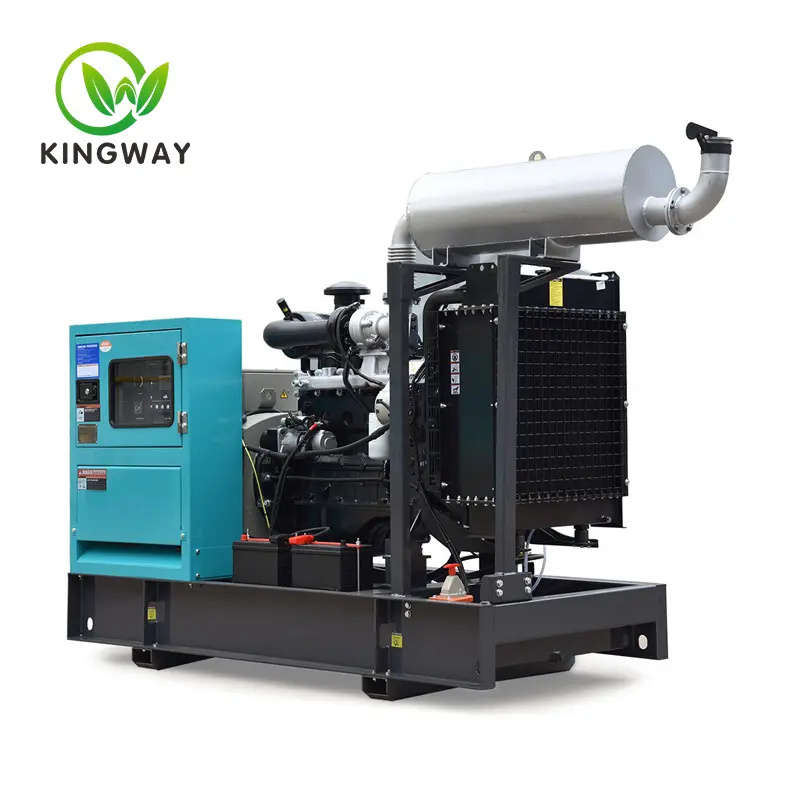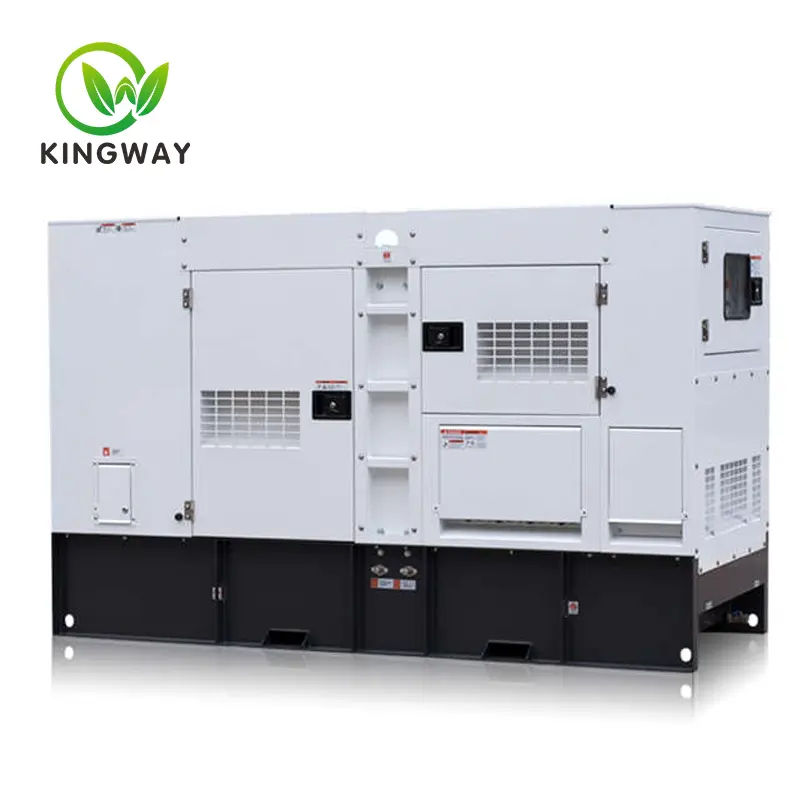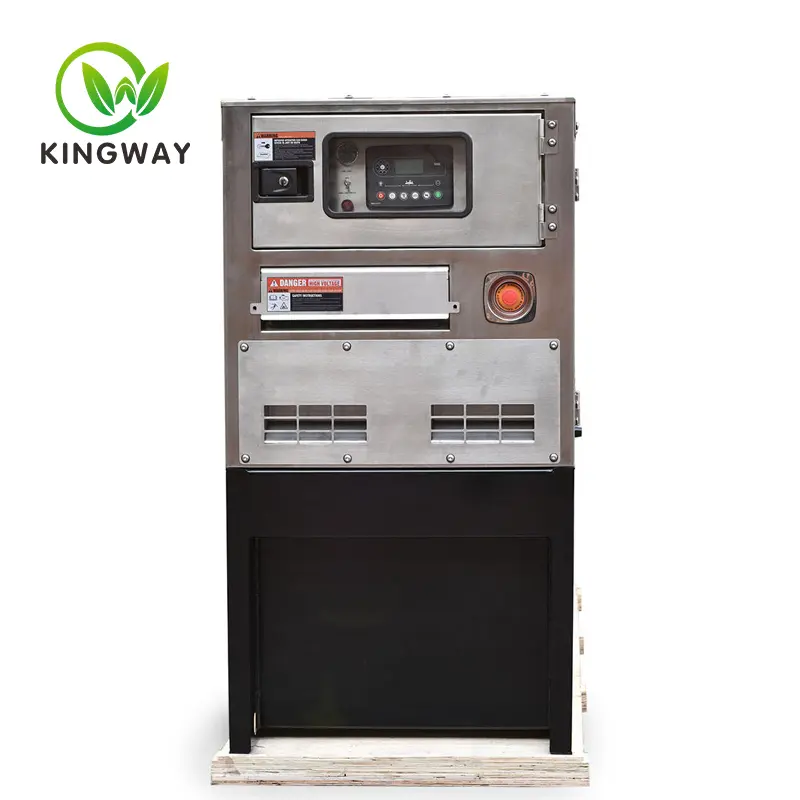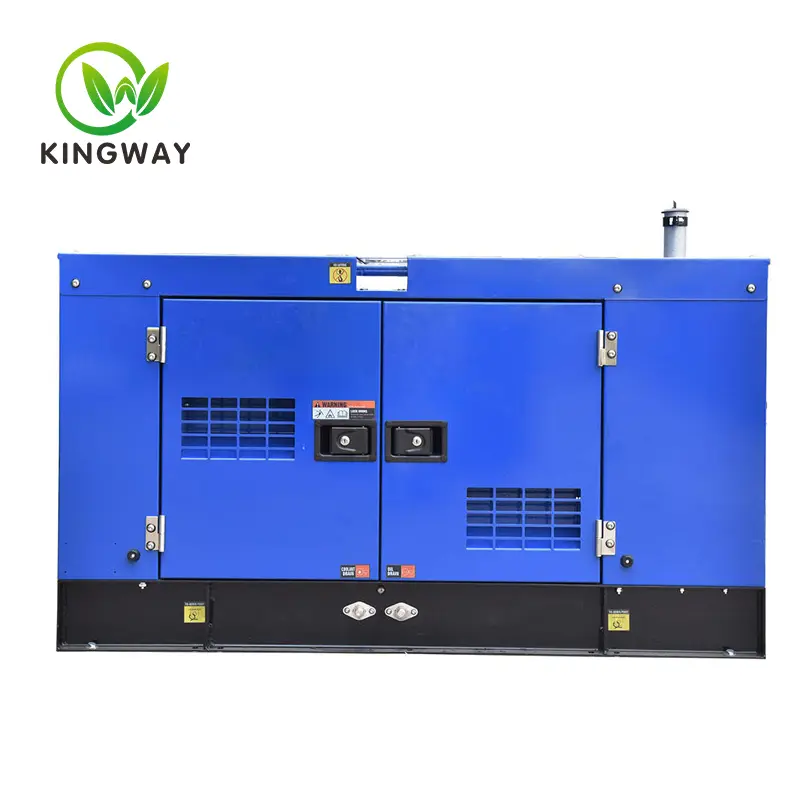Will rainy days affect the use of mobile solar lighting lighthouses
Will rainy days affect the use of mobile solar lighting lighthouses? This is an issue that deserves attention and resolution. Solar lighting lighthouses are usually used to provide lighting outdoors, but when it rains, the effectiveness of these lighthouses is often affected to a certain extent.

First of all, the main energy source for solar lighting lighthouses comes from solar energy. Therefore, when it rains, the sunlight will be blocked, causing the lighthouse to not work properly. Additionally, rainy weather often means dense cloud cover, further reducing the intensity of sunlight. This makes the brightness of the solar lighting lighthouse very limited when it rains and cannot provide sufficient lighting effects.
Secondly, rainy weather can also cause damage to the components of the solar lighting tower. For example, components such as solar panels, electronic controllers, and batteries are not waterproof and are easily soaked and damaged by water when encountering heavy rainfall. Once the components are damaged, the solar lighting tower will not work properly, and more costs will need to be spent to repair or replace these damaged components.
There are several ways to solve the problem of outdoor solar lighting lighthouses on rainy days, and I will introduce some of them below.
First, the components of the solar lighting tower can be waterproofed. For example, add waterproof housing around the battery pack and controller to reduce the intrusion of rainwater. In addition, solar panels can also be waterproofed and encapsulated to ensure that they can work normally in rainy weather.
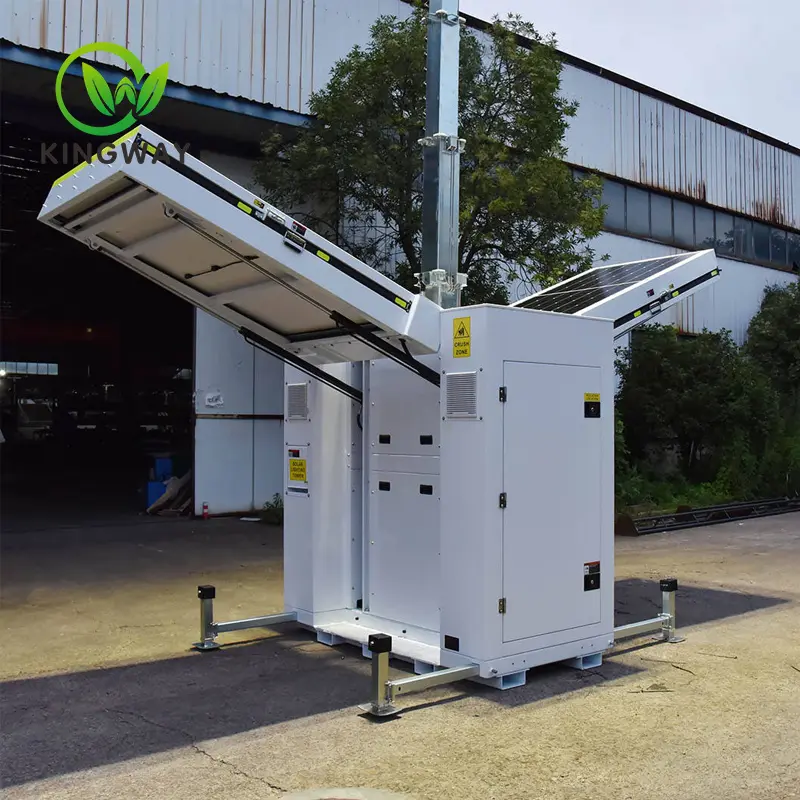
Secondly, you can consider adding a backup power supply to solve the problem of rainy weather. The backup power source can be a battery or a grid-connected power source. When it rains, the solar lighting tower can automatically switch to backup power to ensure that the lighting effect is not affected. At the same time, the addition of backup power can also be used as an emergency measure to provide sufficient energy when solar power is insufficient.
In addition, it is also important to choose a suitable installation location for solar lighting towers. Try to choose an unobstructed location to ensure that the lighthouse receives enough sunlight. In addition, the tilt angle and direction of the lighthouse also need to be reasonably adjusted according to local weather conditions to maximize the use of solar energy.

Finally, for those locations where a solar-powered lighthouse is frequently used outdoors, consider adding a retractable awning or canopy to protect the lighthouse. In this way, it can not only effectively block rainwater and reduce the exposure of the lighthouse, but also extend the life and use effect of the lighthouse.
To sum up, outdoor solar lighting lighthouses face some challenges in rainy weather, but through the application of some solutions, the impact can be reduced and the lighting effect improved. In the future, with technological advancement and innovation, I believe this problem will be better solved.


